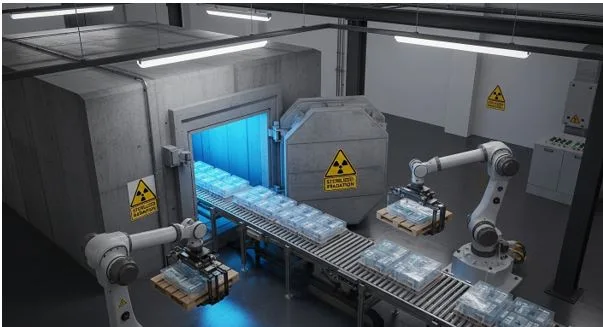How AI is Revolutionizing Cybersecurity: Threat Detection in Real-Time
When we live in the digital space, those threats are becoming more complicated and harder to contain. Legacy solutions are indeed effective in their age; however, they tend to lag. Enter artificial intelligence (AI) — an innovation that is transforming how businesses discover and counteract cyber attacks. The emergence of AI cybersecurity solutions has placed real-time threat identification at the forefront, enabling companies to get ahead of bad actors.
The Constraints of Common Cyber Security
Most of the existing security systems are rule-based and require a lot of manual human involvement with predefined rules. These solutions are reactive: they recognize threats by their signatures and need to be manually updated to combat new threats. Sadly, this method doesn’t respond rapidly to zero-day threats, polymorphic malware, or highly advanced phishing campaigns, which are in a constant state of advance.
Also, as more and more data is produced and shared online, it is nigh-impossible for human teams to keep an effective eye on everything. The enormous volume and pace of cyberattacks require smart, rapid, and adaptive responses.
AI Cybersecurity: It Changes the Game
AI-driven cybersecurity platforms add an extra layer of intelligence and automation to threat identification. Using ML and neural networks to process and analyze behavior, AI can detect patterns, anomalies, and new threats as they happen, eventually thwarting them, when nothing untoward, by the AI, has ensued.
The art of AI: Cybersecurity Use AI to analyze massive data sets faster than any other computer you could query. Through AI algorithms, these solutions traverse logs, user behavior , and network activity, looking for variances. This proactive monitoring makes it easy for Security teams to be on top of incidents as they happen, mitigating data breaches, financial loss, and public relations damage.
The detective side of real-time threat detection
Real-time threat detection is just what it sounds like: identifying and reacting to online threats as they develop and before they happen. Here’s where AI comes in:
Anomaly Detection:
AI models create a threshold for normal network behavior. When abnormal activity takes place — like an employee’s getting access to sensitive data at an unusual hour, or a spike in the number of log-in attempts — the system highlights it for investigation.
Predictive Analytics:
By learning from the past, AI can forecast attack patterns and potential weak points. This foresight allows security teams to patch the holes before they are breached.
Automated Response:
AI can automatically quarantine potentially malicious files, blacklist IP addresses that are acting fishy, or shut down, corrupted user accounts with no need to wait for a human to mitigate, so valuable time isn’t wasted amid a cyberattack.
Continuous Learning:
There is virtually an endless amount of new data that learning machine learning algorithms can learn from, so AI in cybersecurity only becomes smarter and better at analyzing incidents with time.
Benefits for Organizations
Integration of AI in cybersecurity has several key advantages:
Speed and Scale: AI works at lightning speed compared to human analysts and can efficiently crawl the vast IT estate that many organisations face.
Looking Past the Noise: With more advanced algorithms designed to filter benign activity, the analyst can focus on genuine threats.
Cost Savings: The automation of threat detection and response can save costs in operations by eliminating the need for large security teams.
Enhanced Compliance: AI can also enable companies to stay on top of compliance regulations for data protection by monitoring systems and producing real-time audit reports.
What AI Means for the Future of Cybersecurity
With the rise of sophisticated cybercriminals, the need for sophisticated security tools will keep pace. AI will develop further, with the convergence of deep learning, natural language processing, and quantum computing. AI’s combination with other technologies, such as blockchain and edge computing, might also improve the detection of threats.
But AI is not a panacea. And it must be used in concert with other cybersecurity measures: educating employees, up-to-date systems, and incident response planning. Human supervision is still necessary to understand what AI discovers and to act on it where necessary.
Conclusion
AI is reshaping the cybersecurity space by making real-time threat intelligence and response possible. With the ability to process large data sets, learn continually, and take action automatically, AI in cybersecurity is enabling organizations to safeguard their digital assets in new and better ways. As the technology continues to evolve, companies that implement an AI-driven security approach will have a competitive advantage in dealing with the constantly changing threat landscape.





